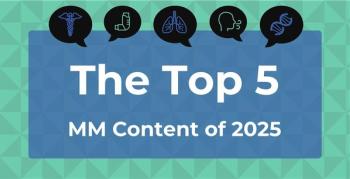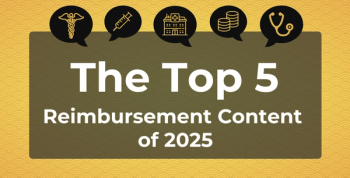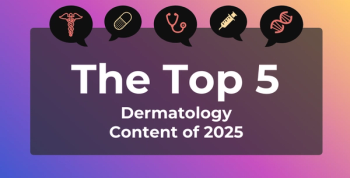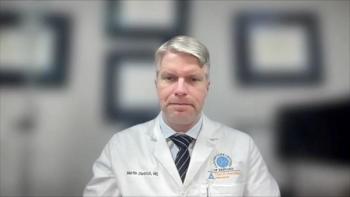
Payer Controls Limiting Semglee Uptake Despite Patient Demand
A new analysis finds branded insulin glargine (Lantus) still has a majority of total market volume and new drug starts despite competition from Semglee, an interchangeable biosimilar.
Despite competition from an interchangeable biosimilar and an unbranded generic, branded insulin glargine (Lantus) has kept a hold of not only a majority of total market volume (78%) but also new drug starts (54%), according to a new
Since it launched in 2021, Semglee has seen modest uptake, with Medicare market share growing from only 3% to 6%. Semglee’s wholesale acquisition cost for the standard pack size and 30-day supply is not much lower than Lantus’ ($269 vs $292). The unbranded insulin glargine has a wholesale acquisition cost (WAC) of $99.
However, Sanofi, the maker of Lantus, will reduce the price 78% starting January 2024.
In the commercial space, Semglee has seen more success with 24% of new-to-brand (NBRx) starts; however, this is below the peak of 35% in early 2022. In comparison, unbranded biosimilar insulin glargine has market share ranging from 27% of NBRx in the commercial space to 52% of NBRx in managed Medicaid. The unbranded product’s uptake has been slow but consistent over the past 5 quarters, according to the data in the report.
“Demand (new patient written share) for unbranded Insulin Glargine has increased dramatically in the past year,” according to the report. “Insulin Glargine’s new written share increased from 25% to 49% from Q1-2022 to Q1-2023.”
Payer controls are limiting shares of NBRx. In the first quarter of 2023, only one-third of patients on Medicare who were prescribed Semglee actually received it. Less than one-fifth of patients on Medicare received unbranded insulin glargine when they were prescribed it. The analysis found that Semglee was not covered by 38% of Medicare payers and unbranded insulin glargine was not covered by 44%.
In addition, 2% of Medicare payers required prior authorization or step therapy for Semglee and 1% required them for unbranded insulin glargine.
In the commercial space, only 55% of patients prescribed Semglee received it and only 19% of unbranded insulin glargine prescriptions were filled. Semglee was not covered by 18% of commercial payers, and 3% required prior authorization/step therapy. Unbranded insulin glargine was not covered by 53% of commercial payers and 7% required prior authorization/step therapy.
The report concluded that lack of payer coverage is limiting biosimilar adoption with an estimate that Semglee would have achieved 17% NBRx market share in the commercial space, and unbranded insulin glargine would have achieved 49% with parity access.
“Biosimilar insulins are achieving greater market share, but persistent barriers, like rebate-driven formulary placement, restrict patient access to these lower-cost treatments,” Craig Burton, executive director of the Biosimilars Council,
Semglee was the first biosimilar offered through the pharmacy benefit in the United States, and
Until the interchangeable version of Semglee launched, uptake for the biosimilar was slow for the first 10 months, and Lantus maintained 99% market share through November 2021, according to the IQVIA report from 2022.
Newsletter
Stay ahead of policy, cost, and value—subscribe to AJMC for expert insights at the intersection of clinical care and health economics.








